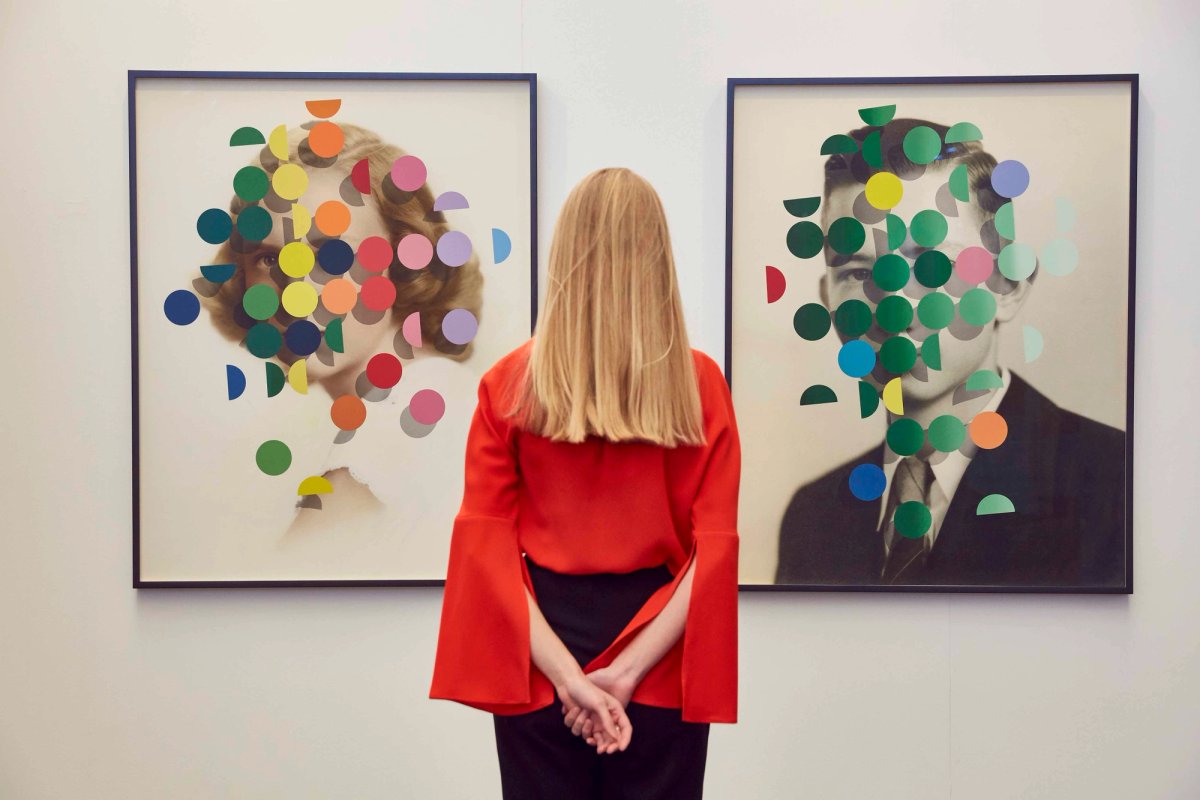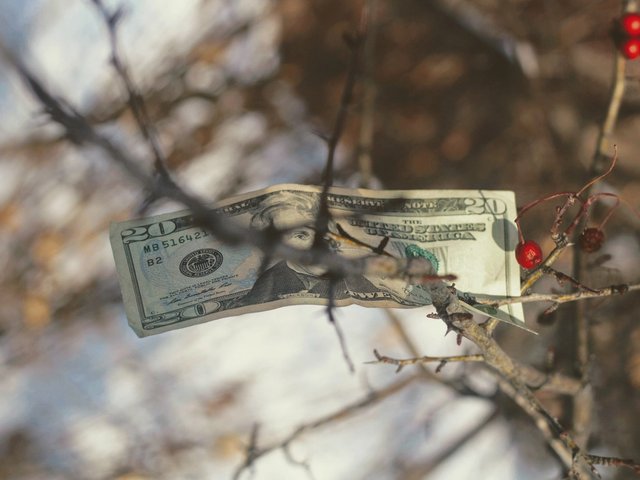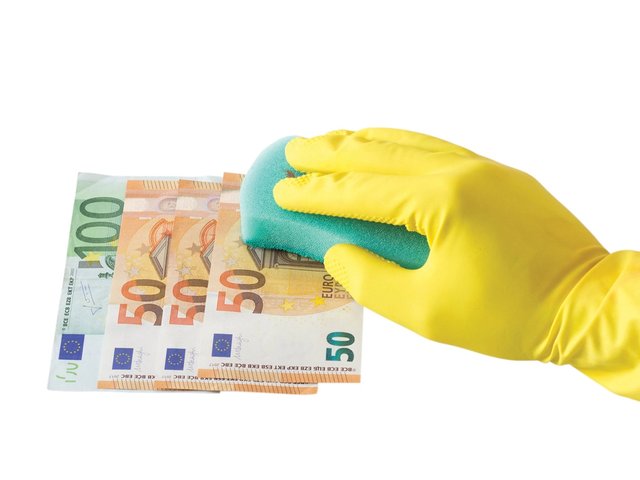If dealers at this year’s London Art Fair (22-26 January) are anything to go by, the art market is perplexed as to what the new money laundering regulations will mean for day-to-day business. Under the new laws, galleries have to conform to a much higher standard of due diligence in confirming the identity of the client when making a sale of €10,000 or more, including requesting to see documents such as a passport before doing a deal—not, perhaps, easily done in the context of a busy art fair.
The 32nd edition of the fair, at Islington’s Business Design Centre, presented more than 100 mid-market dealers, weighted towards Modern British and contemporary art. Whilst the trade seemed more confident in its approach to the implications of Brexit this year (or at least, less worried), there was confusion as to how the EU’s fifth Anti-Money Laundering Regulations, introduced on 10 January, should be applied.
“We’ve been told to be compliant with regulations that we still don’t have guidelines for,” said one dealer who wished to remain anonymous but admitted to lowering the price of works to sit under the €10,000 value threshold (where the regulations start to apply), to avoid the challenge of deciphering the situation. There were also rumours of an early fair "panic" as to whether scanners were needed to capture buyers’ identification details.
"At this early stage, the lack of guidance is frustrating, and I feel there should be more support to explain the necessary processes,” says Nathan Barker of Jenna Burlingham gallery, which specialises in 20th century British art. “It makes quite an impact on us smaller businesses and shifting the responsibilities on to us without assistance seems a little unreasonable.”
Larger galleries working in higher value items seemed less concerned. “Our clients are attuned to the situation and are happy to work with us in ensuring we have all the information we need for the ‘know your customer’ requirements,” says Lucinda Dalton, the head of sales at Messum's London, which sold Antony Williams’s portrait Emma [2016] for £28,500 on the opening night.
“[The anti-money Laundering Regulations] might well increase admin and make it harder in some instances to strike deals, but it exists to protect us as dealers as well,” says Jamie Anderson, a director in Modern British art at Waterhouse & Dodd, which sold works by Wilhelmina Barns-Graham and Martyn Brewster. “When working in third-party deals it can be hard to know who individuals are representing, so this may bring some clarity"
Elsewhere, the regulations had seemingly passed dealers by. More than one was unaware of the new regulations and others felt that it did not apply to their transactions as they had "known their customers for years."
Certainly, trade did not appear to be impacted, indeed those buying around the €10,000 mark may have bagged themselves a bargain. Strong sales were reported in the fair’s Platform section which, this year, focused on textiles and featured the notably popular work of UK-based Alice Kettle, whose 11 works were all sold (prices ranging between £3,000 and £25,000). The James Freeman Gallery also appeared to hit the right note, with multiple sales of Dutch photographer Helen van Meene’s portrait of the climate activist Greta Thunberg (priced at £5,500), originally taken for Time Magazine.
Outside the London Art Fair, the statistics on those who listened in to HMRC’s webinar in January shed further light on the trade’s engagement with the new anti-money laundering regulations. Polls taken throughout the online session revealed that 49% of the audience were employed by an art market business, more than 50% had a nominated officer or deputy in the organisation and 71% had not noticed any suspicious activity in the past three months.




